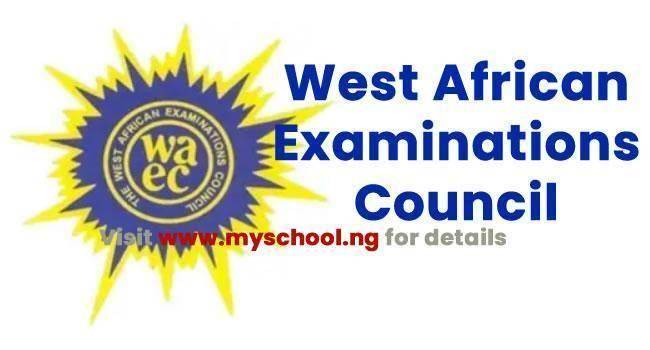The pronouncement by the Minister of Education, Dr Tunji Alausa, that the conduct of the Senior Secondary School Examinations by the West African Examinations Council, WAEC and the National Examinations Council, NECO, will now be computer-based as from next year, may have to be reviewed, going by opinions by critical stakeholders regarding the readiness of the country for such an exercise.
While the leadership of WAEC and NECO claims their agencies are ready to take on the new challenge, the availability of the necessary facilities in the country could pose a significant hindrance to achieving it.
The Head of National Office, HNO, of WAEC, Dr Amos Dangut, and the Registrar of NECO, Prof. Dantani Wushishi, who spoke during a Zoom meeting organised by the Education Writers Association of Nigeria, EWAN, titled “CBT for SSCE: Is Nigeria ready?”, said their agencies had started conducting some aspects of their examinations using CBT, adding that they would only need to put in more efforts.However, critical stakeholders, such as parents, students, university lecturers and education experts, faulted the claim, saying the level of infrastructure in the country was far below what was needed to realise the government’s objective.Changing SSCE to CBT mode callIn April, while this year’s Unified Tertiary Matriculation Examination, UTME, was ongoing, the minister went round to inspect some of the centres where the exam was held.It was in the course of the inspection that he said starting from November/December, this year, WAEC and NECO would conduct their external examinations using the CBT mode. The exam is not school-based, it is for external candidates.He added that from May/June 2026, when the exams would be school-based, the examination bodies would conduct them fully in CBT mode.The pronouncement has since been generating reactions.History of CBT exam in NigeriaIt was the Joint Admissions and Matriculation Board JAMB that started the conduct of CBT examination in the country in 2013. Though opposition trailed the decision then, it has come to stay. Currently, the Board makes use of 887 centres across the country for its exam, with universities, schools and private interests providing the facilities and been paid commission by the Board for the use of their facilities.
